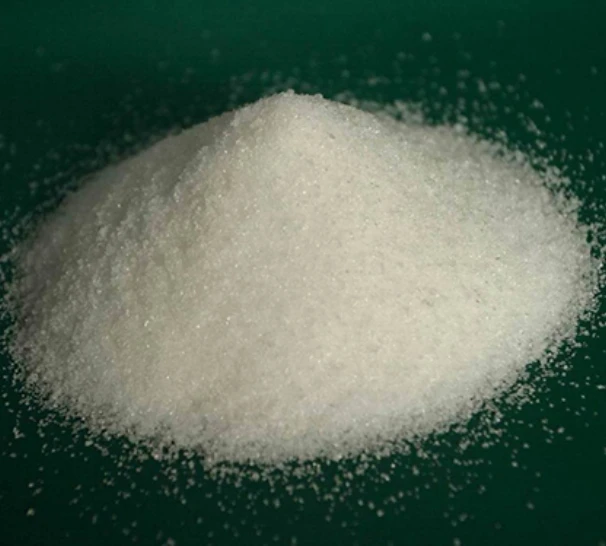Understanding the Role of Coagulants and Flocculants in Water Purification Processes
Coagulants and Flocculants in Water Treatment
Water treatment is an essential process that ensures the availability of safe drinking water. Among the various techniques used, the application of coagulants and flocculants plays a critical role in the purification of water. These substances are utilized mainly to remove suspended solids and colloidal particles, leading to clearer and cleaner water.
Coagulation is the first step in the treatment process, involving the addition of chemical coagulants to water. Coagulants are chemicals that help bind smaller particles together into larger aggregates, or flocs. Common coagulants include aluminum sulfate (alum), ferric chloride, and polyaluminum chloride. The choice of coagulant depends on various factors such as water chemistry, the types of impurities present, and the specific treatment goals.
When coagulants are added to water, they neutralize the negative charges on suspended particles, which are the primary reason for their separation in the water. Without the application of coagulants, these particles would remain in suspension due to the repulsive forces between them. Once the charge is neutralized, the particles begin to clump together, forming larger particles that are easier to remove. This process is influenced by several factors, including pH, temperature, and the concentration of coagulants.
Following coagulation, flocculation is the next step in the treatment process. Flocculation involves the gentle stirring of the water to encourage the formation of larger flocs from the smaller aggregates created during coagulation. Flocculants, which are often long-chain organic polymers like polyacrylamide, are sometimes added during this stage to enhance the agglomeration of particles. These flocculants work by bridging the gaps between particles, significantly increasing the size of the flocs which makes them easier to separate from the water in subsequent processes.
coagulants and flocculants in water treatment

The combination of coagulation and flocculation improves the efficiency of sedimentation and filtration processes. Once the larger flocs are formed, they can settle at the bottom of a treatment tank, allowing clearer water to be separated above. In some systems, dissolved air flotation is used instead of sedimentation. This method is particularly effective for removing fine particles that may not settle well on their own.
One of the significant benefits of using coagulants and flocculants is their ability to improve overall water quality. By removing turbidity, color, and some harmful substances, the presence of these additives can lead to reduced levels of pathogens and improved aesthetic qualities of the water. Moreover, it can contribute to the reduction of chemical disinfectants needed during further treatment processes, aiding in lowering operational costs and potential chemical exposure.
However, the use of coagulants and flocculants is not without challenges. Overdosing these chemicals can lead to several problems, including increased sludge production and difficulties in the subsequent treatment stages. Moreover, care must be taken to monitor the residuals of coagulants and flocculants to prevent potential environmental impacts when treated water is discharged.
In conclusion, coagulants and flocculants are integral components of water treatment processes. Their roles in facilitating the removal of suspended particles, improving sedimentation, and enhancing overall water quality make them indispensable in the quest for clean drinking water. As water treatment technologies evolve, the optimization of coagulant and flocculant use will continue to be a pivotal area of research and application, aiming to provide safe and clean water for all.
-
Water Treatment with Flocculant Water TreatmentNewsJun.12,2025
-
Polymaleic AnhydrideNewsJun.12,2025
-
Polyaspartic AcidNewsJun.12,2025
-
Enhance Industrial Processes with IsothiazolinonesNewsJun.12,2025
-
Enhance Industrial Processes with PBTCA SolutionsNewsJun.12,2025
-
Dodecyldimethylbenzylammonium Chloride SolutionsNewsJun.12,2025





